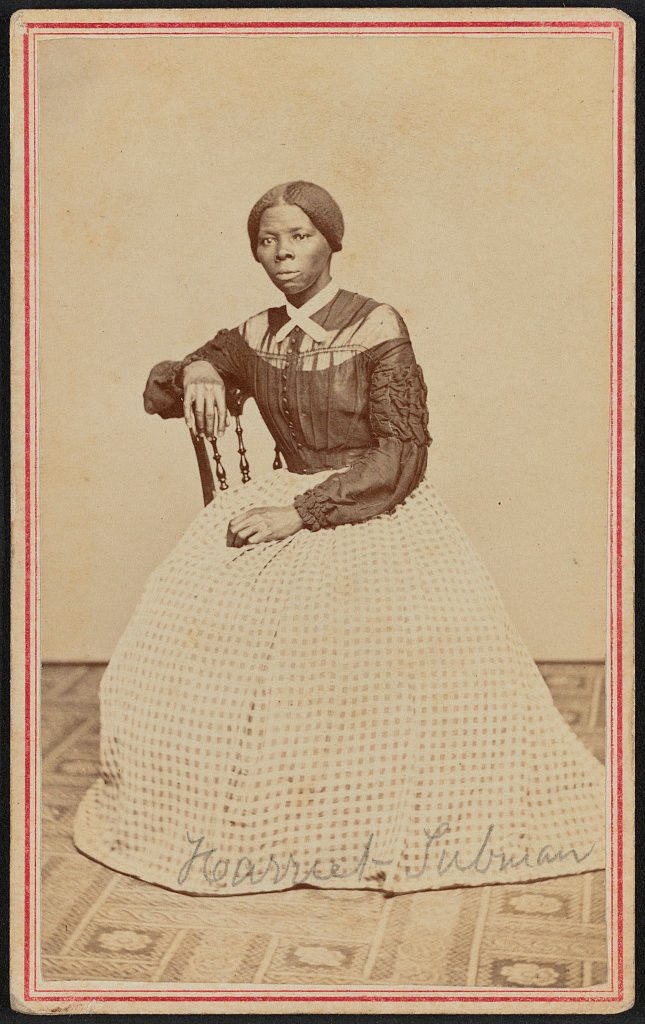
With Harriet Tubman Day coming up on March 10th, it’s important to remember the impact Harriet Tubman had on people and the influences she had on history. Known for her role in the Underground Railroad, Harriet Tubman was born in Dorchester County, Maryland, and her date of birth has been estimated to be sometime between 1820 and 1822. Growing up, Harriet was known for her resistance to slavery, including an incident in which she tried to keep her enslaver from beating an enslaved man trying to escape. Harriet was punished harshly for the incident; she was hit on her head with a two-pound weight, which caused her to suffer from severe headaches and narcolepsy for the rest of her life. While it was illegal for enslaved people to marry, Harriet married freed Black man John Tubman, took his last name in 1844, and named herself Harriet. Perhaps she named herself from her mother, Harriet Green, who was married to Benjamin Ross, and gave Harriet the name Araminta Ross.
Though many have attributed the creation of the Underground Railroad to Harriet Tubman, it had been created before she played a role in it by Black and White abolitionists. Many have guessed that Harriet used the network herself to escape slavery in 1849 alongside two of her brothers, but her husband refused to join her. Nevertheless, she escaped, and was responsible for the successful escape of dozens of slaves in the South. While she was never caught, the reward placed for her capture was $40,000, an amount equivalent to almost $1,341,450 today. She also never lost a “passenger” while being a part of the railroad system

While Harriet is known for her role in the Underground Railroad, she was also a part of the Union army in the Civil War. Her expertise in transportation routes made her valuable to military commanders. In addition to sharing her knowledge, she was a nurse that aided soldiers with diseases and infections. She also helped in the fight for women’s right to vote with Elizabeth Cady Staton and Susan B. Anthony after the war and, to earn more money, worked with white author Sarah Bradford on her autobiography, Scenes in the life of Harriet Tubman, which was published in 1869. During this time, she also married Nelson Davis, a Union army soldier, and they adopted their daughter Gertie Davis in 1874. When her husband died in 1888, Harriet campaigned determinedly for a military pension, resulting in her receiving $8 per month for being his widow, which would be equal to about $205 today. In addition to that, she also received $20 for her time in the military in 1899, equivalent to approximately $630 today. Ironically, Harriet is also in the process of being added as the new face for the $20 bill, which is being planned by the U.S. Treasury Department. She also established the Harriet Tubman Home for the Aged in 1896 near her home and passed away in 1913. She was buried in Fort Hill Cemetery in Auburn, NY, with military honors.
Works Cited
Michals, Debra. "Harriet Tubman." National Women's History Museum. 2015.

Comments